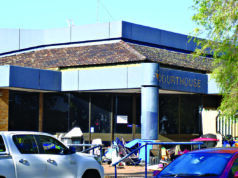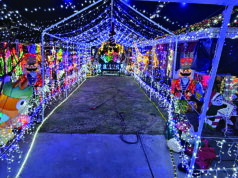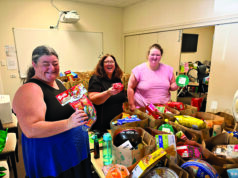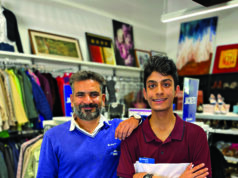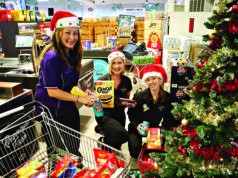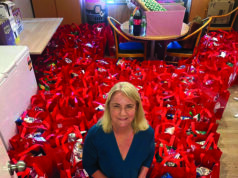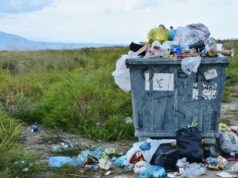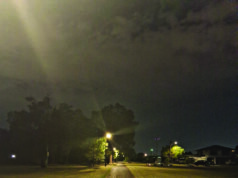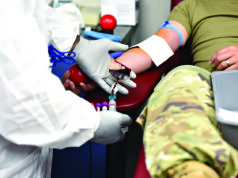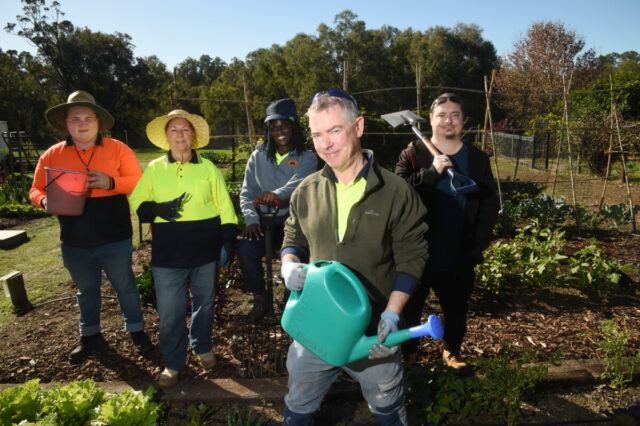
What began as bare ground behind Wilkinson’s Homestead is now a thriving community garden, built almost entirely from recycled materials and tended by participants in a Work for the Dole program.
However, it’s not just about the vegetables and the food produce.
It’s about people finding purpose, learning new skills, and connecting with one another in a space that is healing and green.
Andi Benson, the Heritage Garden Coordinator for the Museum of Perth, oversees the project and stated it’s all about giving back.
“We’re inspired to do activities that benefit the community and the environment,” he said.
“Gardens that grow food are, I think, increasingly important in today’s society. The cost of vegetables and healthy food keeps going up. But if you’re growing them locally and you’re teaching people how to grow these vegetables in their own backyards, there are so many benefits.”
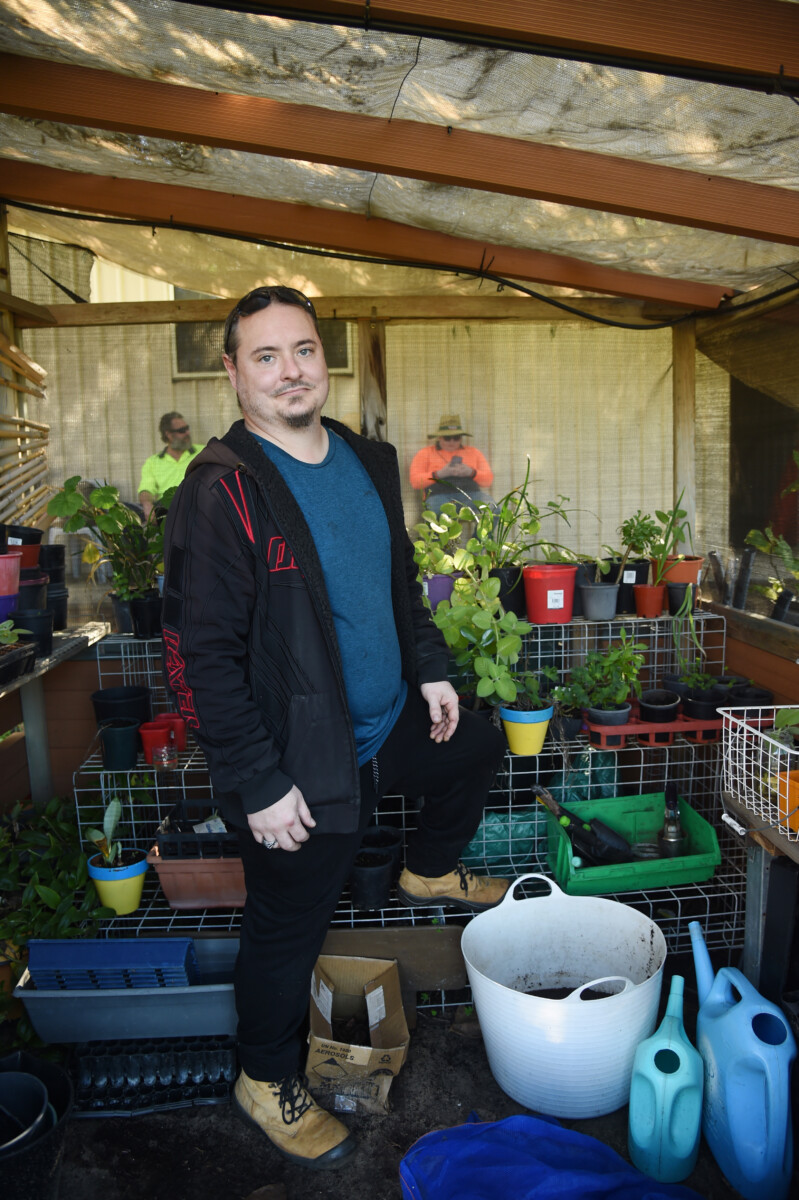
For nearly two years, the garden has been formed by the hands of around 150 job seekers.
Most stay for about eight weeks and come away with more than just dirt under their nails.
They learn how to compost, build worm farms, manage pests using natural sprays, and understand plant cycles.
Many also take seedlings and skills home with them, starting their own gardens or even using the experience to find work.
Andi said building healthy soil is at the centre of it all.
“People think gardening is just sticking a seedling in the ground, but there’s so much more. You need to prepare the beds properly, understand the microbes in the soil, compost, vermiculture, garden design. They learn a lot,” he said.
The garden itself is a testament to sustainability.
Bamboo stakes come from a nearby patch of forest. Compost bins are made from old pallets. Verge collection treasures are repurposed into climbing frames and garden beds. Worm farms are fed with scraps from the participants’ own kitchens.
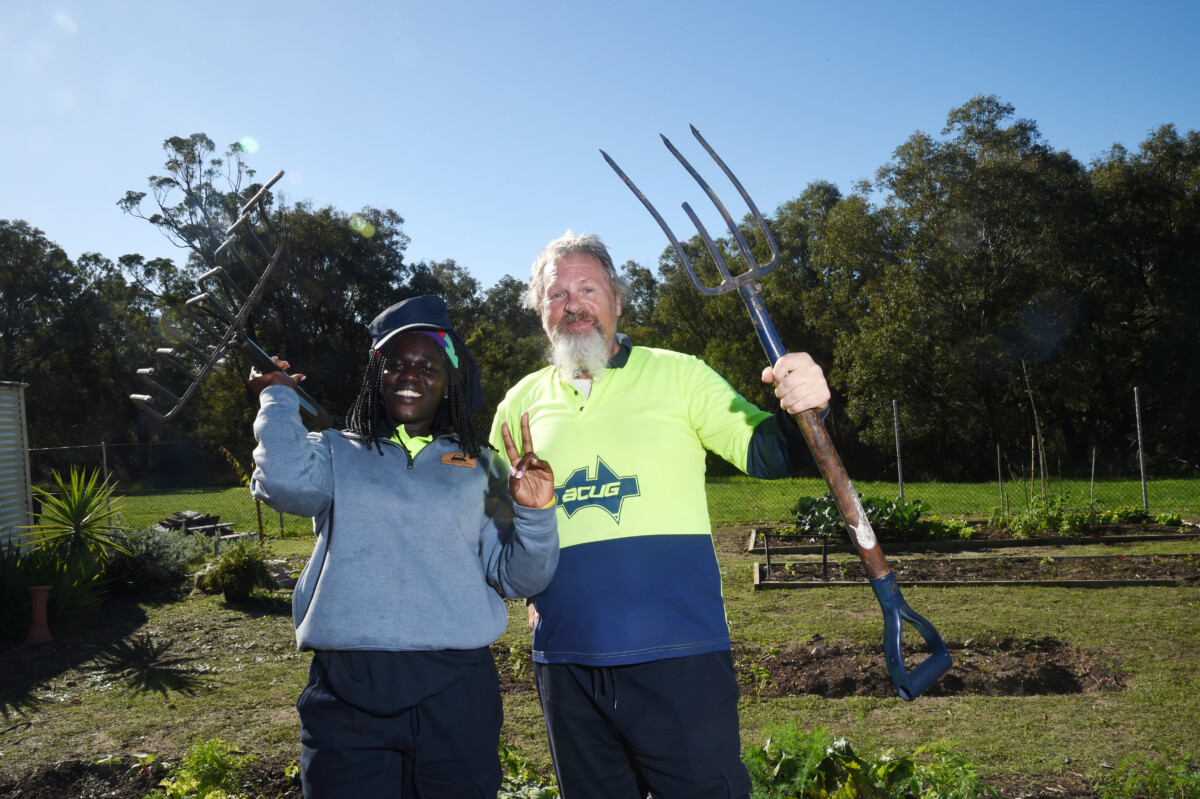
Instead of tossing waste into landfill, participants learn to reuse.
“It saves you money because you don’t have to buy new stuff,” Andi said.
“You work with what you’ve got. That’s empowering, especially for people trying to survive on the small amount of money they get on the dole.”

But perhaps the biggest harvest of all is the sense of community.
Tom Warland, one of the participants, said the program has been a positive experience from the start.
“Andi is a fountain of knowledge. I’m learning something here every day. It’s brilliant,” he said.
“Socially, it’s beneficial too. We share knowledge, we learn from each other. And I love seeing plants grow and the fruits of our labour.”
Another participant, Mik, said the garden offered a better alternative to doing data entry in the city.
“It’s nice. There’s no pressure. We learn about gardening; we get to harvest and take fresh food home. It’s all organic,” he said.
Being outdoors and working with others has also helped him regain confidence.
“It’s been nice for someone who’s been unemployed for a while. You feel a bit positive about yourself. You’ve done something. You’ve helped something grow. That gives you a nice feeling.”
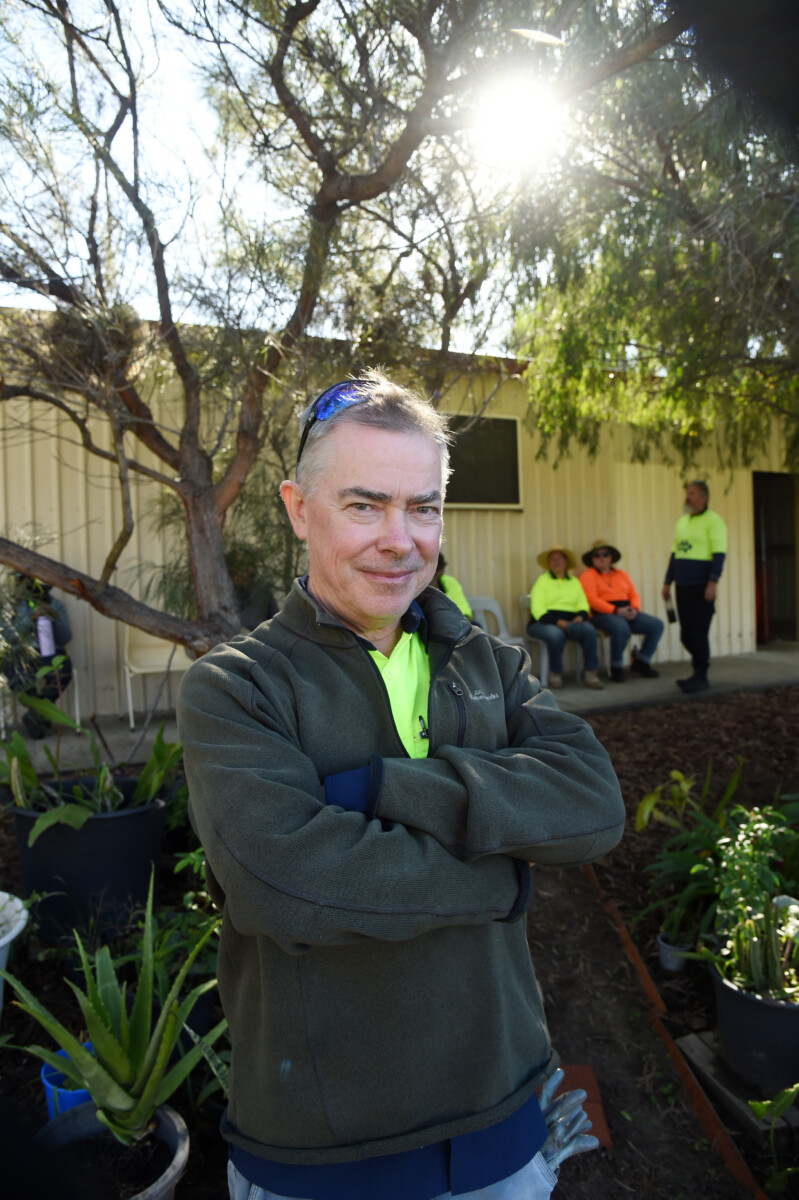
Moreen Kaku volunteers at the garden on Thursdays and Fridays when she’s not working. She said it’s her first time gardening and she’s already picked up new skills.
“Andi tells us what to do and lets us take things home. I learned about using chili and garlic sprays instead of chemicals. Everyone is friendly and helpful. I enjoy connecting with people.”
Andi believes the mental health benefits are just as important as gardening.
“Being outside is good for your mental health. Working with people, with the land, with plants, and animals. It’s good. I’ve had men and women on the program with iron deficiencies or poor diets, and I can point to vegetables in the garden that help. That’s real health education.”
Although the garden is still a work in progress, locals walking past are beginning to take notice. There have already been a few public workshops and plans to eventually donate produce to schools and charities when there’s enough.
As Andi puts it, “If you can grow your own food and use free things to do that, that’s a valuable skill. And if we can share the harvest, even better.”


